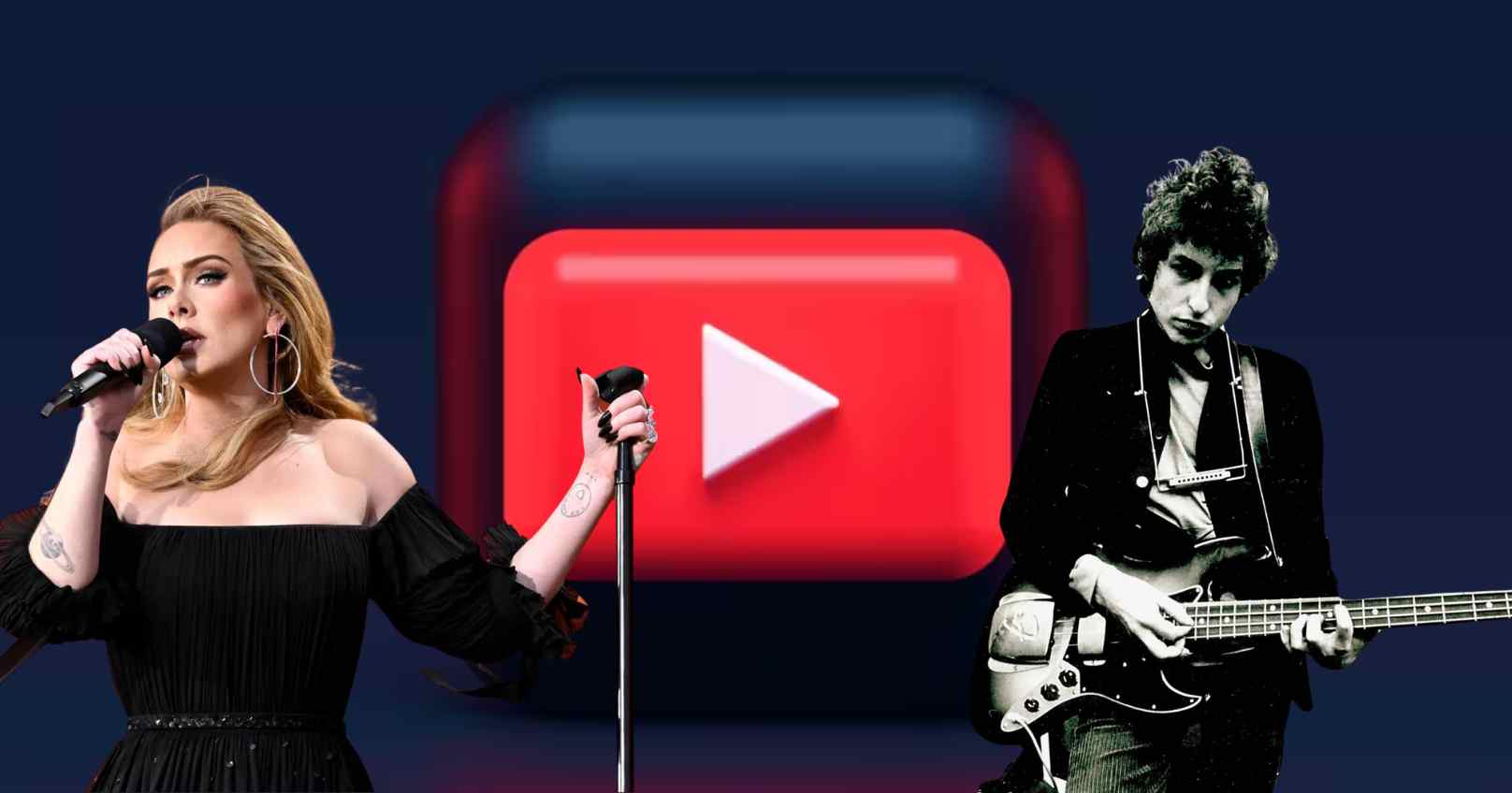YouTube users trying to access songs by prominent artists such as Adele, Bob Dylan, Green Day, and Burna Boy may have encountered an unwelcome message: “This video contains content from SESAC. It is not available in your country.” This issue stems from a legal dispute between YouTube and SESAC, a performing rights organization (PRO), as reported by Variety. As a result, many popular tracks are currently inaccessible to users in the U.S., igniting discussions among fans, the music industry, and the parties involved.
What Led to the Ban on Adele and Bob Dylan's Songs?
The controversy arises from unsuccessful negotiations between YouTube and SESAC regarding the renewal of their licensing agreement. YouTube indicated that while discussions were ongoing to extend the existing contract, the two sides could not reach a consensus before the previous agreement expired. Consequently, YouTube had no choice but to block access to content represented by SESAC to comply with copyright regulations. This situation affects numerous songs by artists such as Adele, Bob Dylan, Green Day, and others, including tracks performed by Beyoncé and Nicki Minaj.
Such content restrictions are not uncommon in the digital music landscape. Earlier this year, a similar dispute occurred between TikTok and Universal Music Group (UMG), though that conflict was eventually resolved. SESAC, although smaller than major PROs like ASCAP and BMI, represents a considerable number of high-profile artists, amplifying the consequences of this block.
YouTube's Response
In addressing the situation, YouTube emphasized its commitment to copyright and expressed hope for a resolution. A representative stated that despite their efforts, an "equitable agreement" could not be reached before the expiration of the contract with SESAC. The platform reassured users that negotiations are ongoing, although it has not provided a specific timeline for resolving the issue. The official TeamYouTube account acknowledged users’ frustrations on social media, explaining that the block was necessary due to the lapsed agreement.
Reactions from the Artists
As of now, the affected artists have not publicly commented on the block. Generally, such disputes are managed by their representatives or PROs. While these artists might feel the impact of lost exposure and potential streaming revenue, the negotiations typically take place behind closed doors.
It’s important to note that the affected artists are still available on other streaming platforms like Spotify and Apple Music, ensuring that fans can access their music elsewhere. However, the absence of these tracks on YouTube is still a significant gap for many listeners.
Impact on Users
The content block has undoubtedly frustrated music enthusiasts and YouTube users. YouTube has long been a favored platform for casual listeners, providing free access to a vast array of songs. Many users prefer YouTube over paid streaming services, particularly for its unique content, including live performances and music videos.
This restriction disrupts the user experience, especially for fans accustomed to accessing all their favorite tracks on one platform. In an era where streaming dominates music consumption, a limitation like this feels like a regression. Additionally, users who utilize YouTube for playlists, background music, or mood settings may find the block particularly inconvenient.
Moreover, YouTube content creators who incorporate music into their videos may also face challenges. Depending on how integral the blocked songs were to their content, creators might need to edit or remove portions of their videos, potentially affecting their viewership and advertising revenue.
The ongoing ban on songs by artists like Adele and Bob Dylan due to the dispute between YouTube and SESAC highlights the intricate and often fragile relationship between digital platforms and music rights organizations. While YouTube is working towards resolving the situation and these blocks are typically temporary, the repercussions for fans and content creators are significant. Until a new agreement is finalized, U.S. users will need to explore alternative platforms to enjoy some of their favorite tracks.







